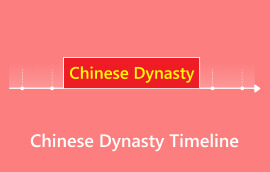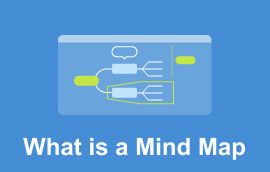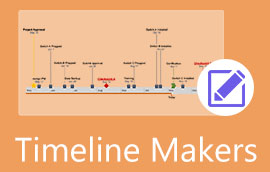Kako napraviti vremensku liniju indijske istorije
Indija ima istaknutu poziciju u istoriji. Kao jedna od kolijevki drevnih civilizacija, pokazao je bogatu kulturnu raznolikost i duboku istorijsku akumulaciju, koja je imala značajan uticaj na razvoj globalne istorije. Za nas je značajno da naučimo istorija Indije. Međutim, indijska historija je duga i teško ju je shvatiti. A vremenska linija može nam pomoći da bolje razumijemo složenu historiju. Pratite nas kako biste naučili kako napraviti vremenski okvir indijske istorije.

- Dio 1. Kako napraviti vremensku liniju istorije Indije
- Dio 2. Objašnjenje istorije Indije
- Dio 3. Često postavljana pitanja
Dio 1. Kako napraviti vremensku liniju istorije Indije
Da bismo bolje razumjeli historiju Indije, možemo koristiti vremensku liniju da prikažemo glavne događaje u istoriji Indije.
MinOnMap je softver za mapiranje uma sa pogodnom platformom za kreiranje i vizualizaciju podataka, ideja i procesa, što je dobar izbor za pravljenje vremenskih linija. Ima besplatnu verziju koja nam pomaže da besplatno pravimo vremenske trake indijske istorije na desktopu i na mreži. Osim toga, ovaj softver radi sa svim glavnim web pretraživačima kao što su Chrome, Firefox, itd., a možemo napraviti vremenske okvire na bilo kojem uređaju.
Pored toga, MindOnMap podržava saradnju u realnom vremenu, gde možemo zajedno uređivati i crtati vremenske linije, povećavajući produktivnost i saradnju.
Sada, pogledajmo kako koristiti MindOnMap za uspostavljanje vremenske linije indijske istorije.
PosjetiteMindOnMap početnu stranicu na našem pretraživaču. Zatim kliknite Create Online na početnoj stranici da pređete na interfejs operacije.
Savjet: Takođe možete preuzeti ovaj softver da biste ga koristili na svojim Windows i Mac računarima.
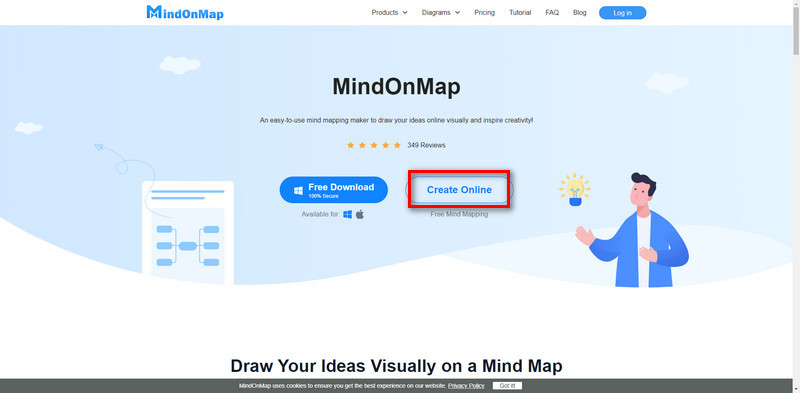
Kliknite Novo na lijevoj traci menija i odaberite a Riblja kost model koji može intuitivno pokazati vremenski kontekst kako bi se uspostavila mapa uma indijske historije.
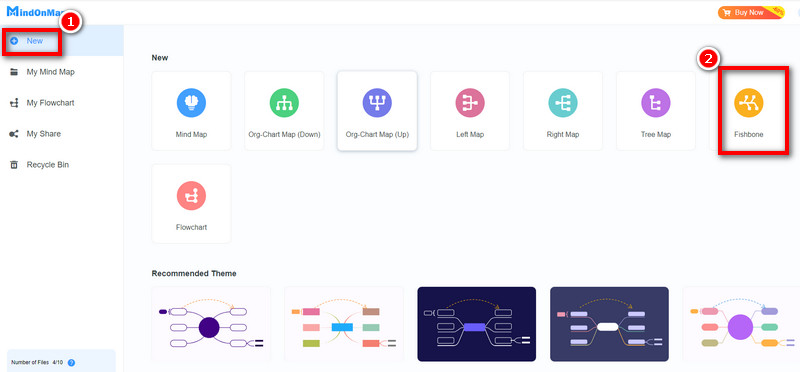
Unesite informacije o indijskoj istoriji u okvir za tekst. Kliknite na okvir za tekst u koji želimo prvo dodati podtemu, a zatim odaberite Podtema na traci sa alatkama Dodaj temu da dodate podtemu.
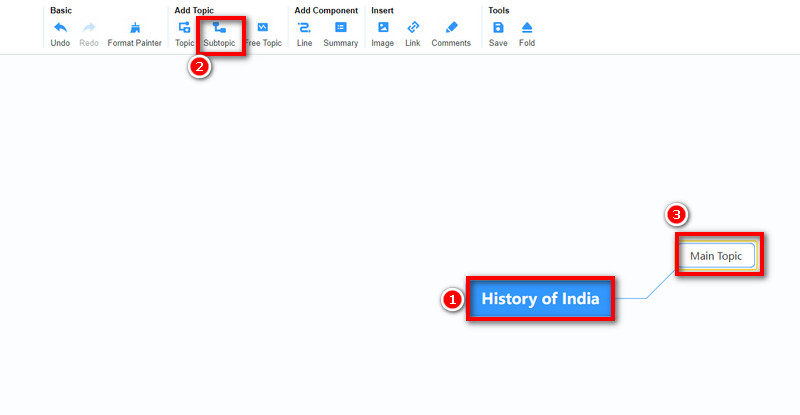
Idi desno Stil podešavanje za promjenu izgleda okvira za tekst ili za označavanje različitih godina radi razlikovanja različitih sadržaja.
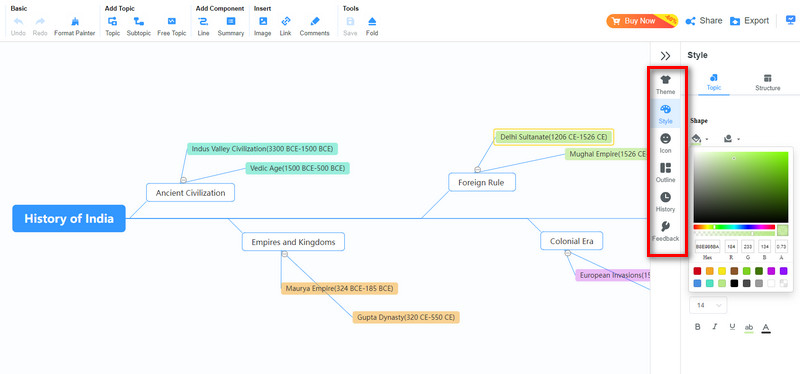
Da bismo indijsku istoriju učinili živopisnom, možemo dodati slike. Odaberite okvir za tekst koji želimo prvo urediti, a zatim kliknite Slika u okviru Umetanje za dodavanje ili uklanjanje slika.
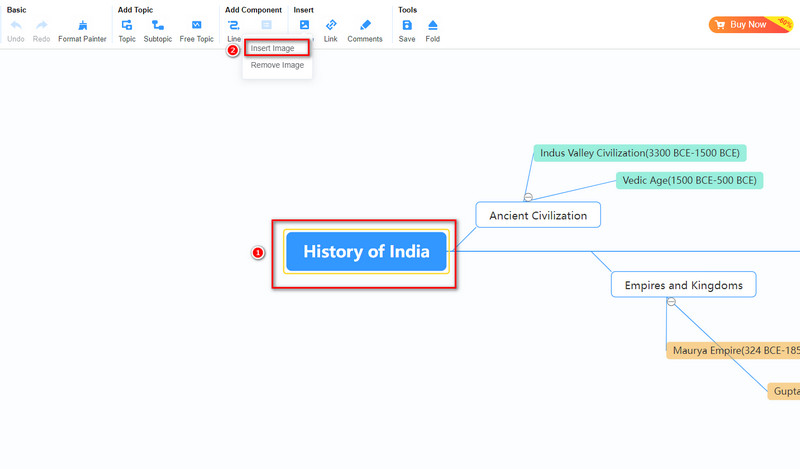
Ponovite korake 4, 5 i 6 da dodate više informacija o indijskoj istoriji. I dobićemo vremensku liniju indijske istorije.
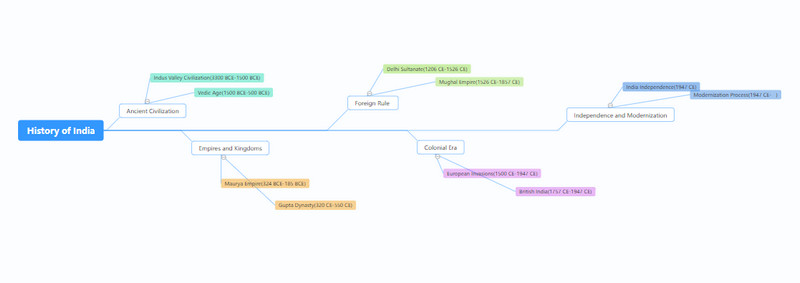
Možemo preimenovati ovu mapu uma u gornjem lijevom uglu u Indijsku povijest ili druge. Zatim kliknite Dijeli da kopirate link ove vremenske linije ili Izvoz da sačuvate JPG sliku naše vremenske linije.
Savjet: Možemo besplatno izvoziti JPG slike SD kvaliteta sa vodenim žigovima. Također možete nadograditi da biste uživali u svim pogodnostima, kao što su izvoz u Word, PDF, visokokvalitetni SVG itd.
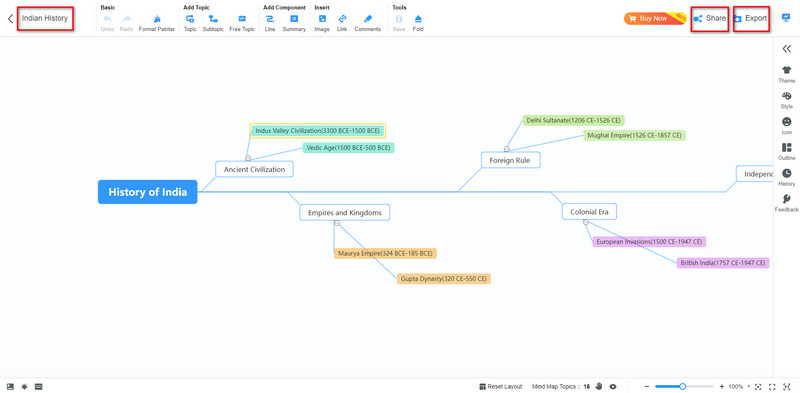
Dio 2. Objašnjenje istorije Indije
Indija se može pohvaliti dugom istorijom, svrstavajući se među najranije civilizacije koje su se pojavile u svijetu. Sada nas pratite da biste bolje razumeli istoriju Indije.
Indijska istorija se može podeliti u 5 faza.
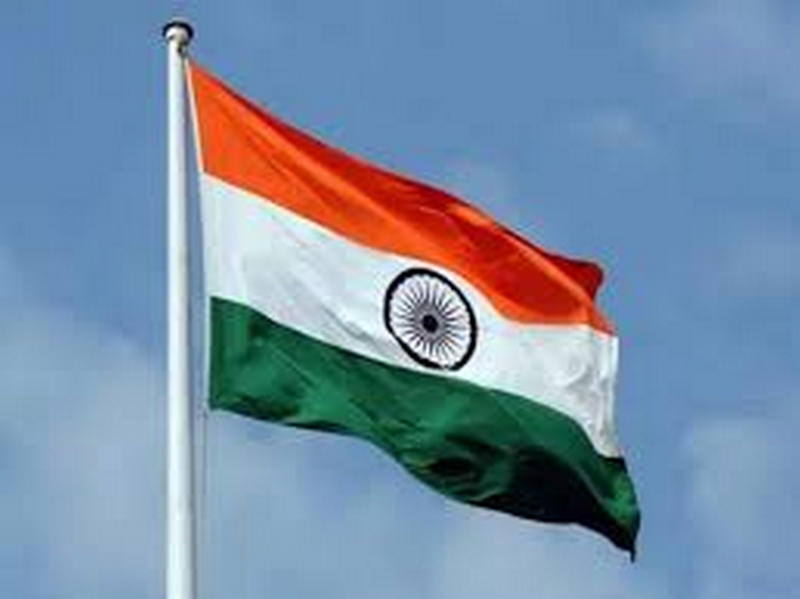
I. Drevna civilizacija
Civilizacija doline Inda (3300. pne-1500. pne.): Ovo je bila prva poznata ljudska civilizacija na indijskom potkontinentu, koja je postojala od otprilike 2500. godine prije nove ere do 1500. godine prije nove ere, prvenstveno u današnjem Pakistanu. Ova civilizacija je napravila značajan napredak u urbanizaciji, skulpturi, arhitekturi, trgovini i poljoprivredi.
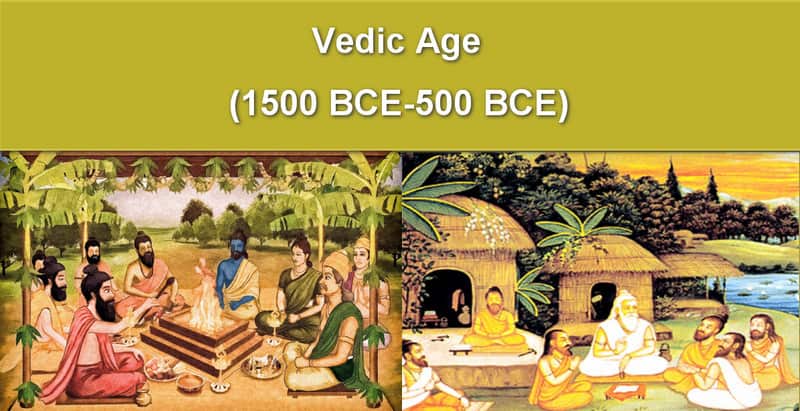
Vedsko doba (1500. pne-500. pne.): Oko 1500. godine prije nove ere, ogranak arijevskog naroda koji je prvobitno boravio u centralnoj Aziji migrirao je na južnoazijski potkontinent, osvajajući lokalno starosjedilačko stanovništvo i uspostavljajući vedsku kulturu. Tokom ovog perioda, bramanizam je postepeno evoluirao i uspostavljen je kastinski sistem.
II. Carstva i kraljevstva
Maurya carstvo (324. pne-185. pne.): 324. godine prije nove ere, Chandragupta Maurya je osnovao Maurya carstvo, označavajući prvo značajno carstvo u indijskoj istoriji. Pod Ašokom, carstvo je dostiglo svoj zenit, a budizam se počeo širiti na druge regije Azije.
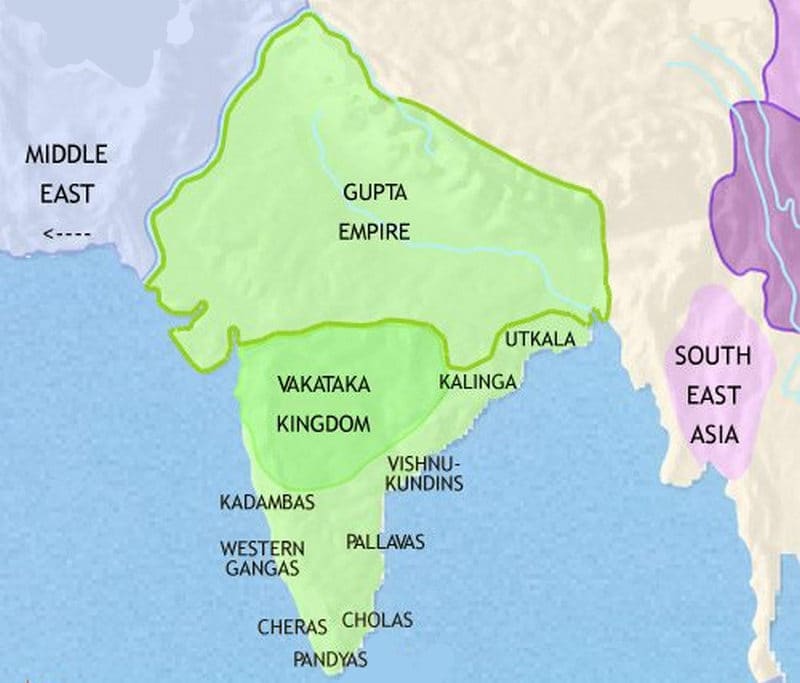
Dinastija Gupta (320. NE-550. n. e.): U 4. veku n.e., severna Indija je pala u nered, ali je dinastija Gupta postepeno porasla do izražaja. Dinastija Gupta bila je posljednja dinastija koju su osnovali Indijanci i označila je prijelaz iz robovlasničkog društva u feudalno društvo u Indiji.
III. Foreign Rule
Delhi Sultanat (1206. NE-1526. NE): Počevši od 7. stoljeća, muslimanske snage su se postepeno infiltrirale u Indiju. Godine 1206. uspostavljen je Delhi Sultanat, koji je označio prvi stabilan islamski režim u indijskoj istoriji. Pod vladavinom Avganistanaca i Turaka, Delhijski sultanat je prošao kroz nekoliko dinastija sve dok ga nije zamenilo Mogulsko carstvo 1526.

Mogulsko carstvo (1526. NE-1857. NE): Godine 1526. Babur, direktni potomak Timura Hromog, osnovao je Mogulsko carstvo. Kao posljednja značajna dinastija u indijskoj historiji, Mogulsko carstvo svjedočilo je razvoju indijske ekonomije i kulture tokom svoje vladavine.
IV. Colonial Era
Evropske invazije (1500 CE-1947 CE): Počevši od 16. stoljeća, evropske sile poput Portugala, Nizozemske i Francuske su sukcesivno napadale Indiju. Godine 1600. u Indiji je osnovana Britanska istočnoindijska kompanija koja je postepeno stekla kontrolu nad indijskom trgovinskom i političkom moći.
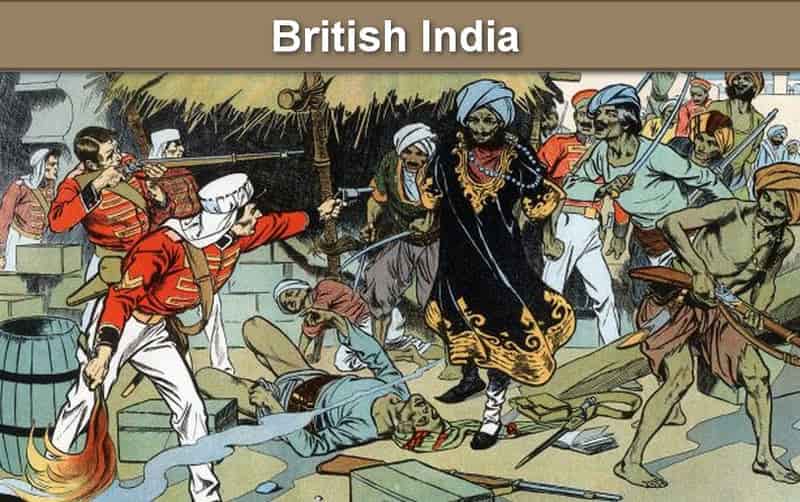
Britanska Indija (1757. CE-1947. CE): Nakon bitke kod Plasseya 1757., Britanija je postepeno uključila Indiju u svoj kolonijalni sistem. Sredinom do kraja 19. stoljeća Indija je postala jedna od najvećih britanskih kolonija.
V. Nezavisnost i modernizacija
Indijska nezavisnost (1947. CE): Nakon dugotrajnih borbi i pregovora, Indija je zvanično proglasila nezavisnost 15. avgusta 1947. Međutim, zbog sporova oko teritorije Kašmira, Indija i Pakistan su učestvovali u brojnim sukobima i ratovima.
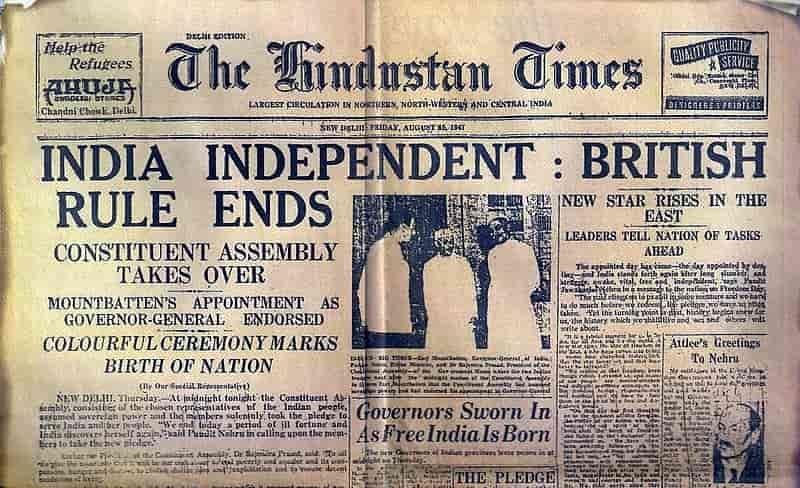
Proces modernizacije (1947. CE-): Nakon nezavisnosti, Indija je krenula putem modernizacije, postižući izuzetna dostignuća u ekonomiji, tehnologiji, kulturi i drugim oblastima. Danas je Indija najveći svjetski primatelj usluga outsourcinga i druga po veličini softverska elektrana, druga nakon Sjedinjenih Država.
U zaključku, indijska istorija je ep bogat različitostima, zaokretima i transformacijama. Od drevnih civilizacija do moderne nacije, Indija se suočila s brojnim izazovima i mogućnostima, stvarajući na tom putu jedinstvene kulture i tradicije.
Dio 3. Često postavljana pitanja
Kako se Indija zvala prije Indije?
Bharat je bilo najpopularnije ime za Indiju prije naziva Indija.
Kada je osnovana Indija?
Uspostavljanje Indije kao nacije datira od 26. januara 1950. godine.
Ko je pronašao Indiju?
Za vrijeme vladavine kralja Manuela I 1495-1499, portugalski istraživač Vasco da Gama predvodio je prvu poznatu ekspediciju iz Evrope u Indiju direktno preko Rta dobre nade, što je poznato kao portugalsko otkriće morskog puta do Indije.
Zaključak
Danas vam predstavljamo kako napraviti hronologiju indijske istorije uz efikasan alat MindOnMap, i dati objašnjenje istorije Indije. Istorija je blago čovečanstva i učenje istorije ima smisla. Da biste naučili istoriju više zemalja, kao npr Istorija SAD, to je efikasan način upotrebe MindOnMap napraviti vremenske okvire koji pomažu boljem razumijevanju istorije.
Nadamo se da vam je ovaj članak od pomoći. Bili bismo zahvalni ako biste mogli dati visoku ocjenu.








